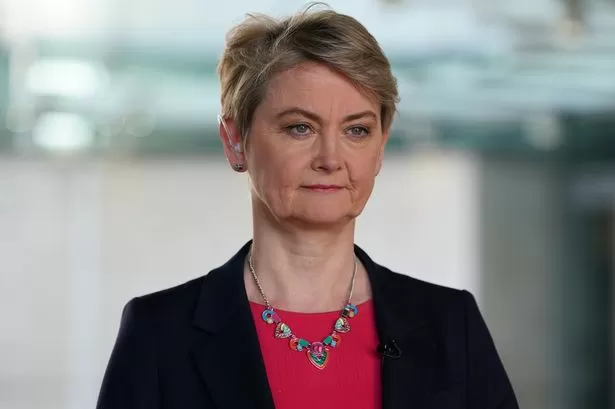Milan Fashion Week Autumn/Winter 2025 season was a masterclass in blending heritage with modernity. It had everything: bold statements, nostalgic references and a strong sense of innovation. The fashion capital of Italy once again proved its dominance in the fashion world, showcasing the best of Italian craftsmanship and creativity.
The week-long event kicked off with a bang, with top fashion houses like Gucci, Prada, and Versace presenting their latest collections. The theme of the season seemed to be a celebration of Italy’s rich cultural heritage, with designers incorporating traditional elements into their designs while still keeping them fresh and modern.
Gucci’s show was a perfect example of this. Creative director Alessandro Michele paid homage to Italian Renaissance art, with models walking down the runway in opulent gowns adorned with intricate embroidery and embellishments. The collection also featured traditional Italian tailoring techniques, such as hand-stitched details and luxurious fabrics like velvet and silk. Michele’s ability to blend the old with the new was truly remarkable, and the show received rave reviews from both critics and fashion enthusiasts.
Another standout show was Prada’s, which was a nod to the brand’s iconic nylon fabric that was first introduced in the 1980s. Creative director Miuccia Prada reimagined the fabric in a modern way, incorporating it into tailored suits and flowy dresses. The collection was a perfect balance of nostalgia and innovation, showcasing Prada’s ability to stay relevant while staying true to its roots.
But it wasn’t just the big names that stole the show. Emerging designers also made their mark, with their fresh and unique take on Italian heritage. One such designer was Marco de Vincenzo, who presented a collection inspired by traditional Sicilian costumes. De Vincenzo’s use of bold colors and prints, along with intricate lace and crochet details, was a refreshing take on Italian heritage. It was a reminder that the future of Italian fashion is in good hands.
Apart from the traditional elements, the Milan Fashion Week also saw designers experimenting with new materials and techniques. The use of sustainable and eco-friendly fabrics was a prominent theme throughout the week, with brands like Stella McCartney and Salvatore Ferragamo leading the way. This shift towards sustainability is a positive step towards a more responsible and conscious fashion industry.
The week also saw a strong presence of technology in fashion. Designers incorporated 3D printing, augmented reality, and virtual reality into their collections, creating a truly immersive experience for the audience. This fusion of fashion and technology was a testament to the ever-evolving nature of the industry and its ability to adapt to new trends.
Apart from the runway shows, Milan Fashion Week also featured various events and exhibitions that celebrated the city’s fashion heritage. The ‘Fashion in Galleria’ exhibition, held at the iconic Galleria Vittorio Emanuele II, showcased the evolution of Italian fashion over the years. It was a reminder of how Milan has been at the forefront of the fashion world for decades and continues to inspire and influence designers around the globe.
In conclusion, Milan Fashion Week Autumn/Winter 2025 season was a perfect blend of heritage and modernity. It was a celebration of Italian culture, craftsmanship, and innovation. The fashion world was once again reminded of Milan’s dominance in the industry and its ability to stay relevant and ahead of the curve. As we eagerly await the next season, one thing is for sure – Milan will continue to be a fashion powerhouse for years to come.









